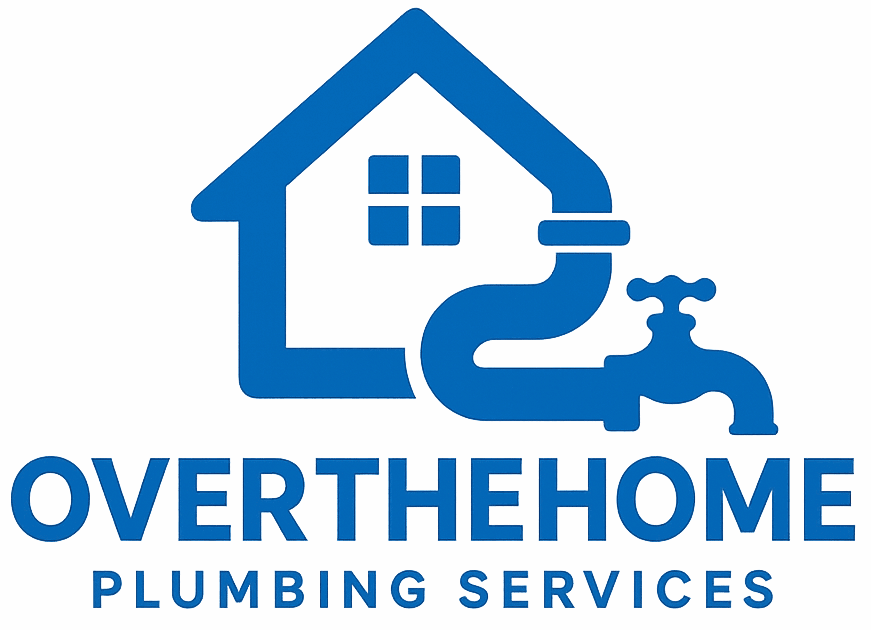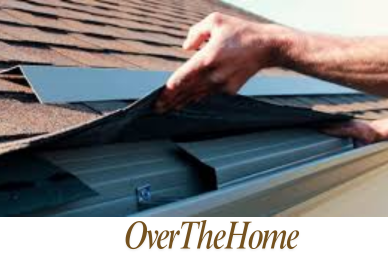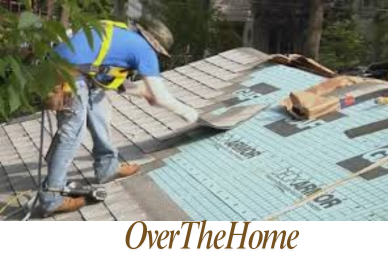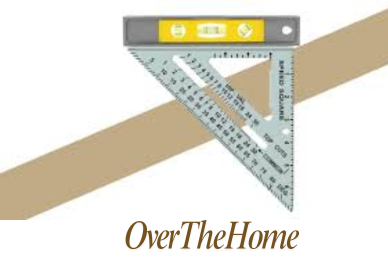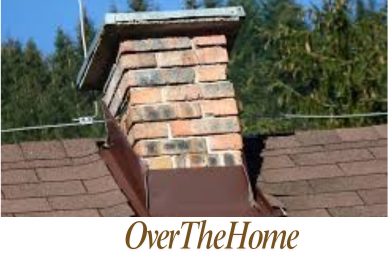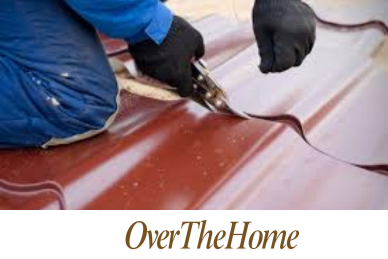How Much Wind Damage To Replace Roofs?
After a big storm, everyone worries about their house, especially the roof. Wind can really do a number on shingles and other roofing materials. Even if the damage looks minor, it’s important to check it out as soon as possible. A leaky roof can lead to bigger problems down the road, like damage to the inside of your house.
This article will help you figure out how bad the wind damage might be on your roof. We’ll cover the signs to look for, when a repair is enough, and when you might need a whole new roof. We’ll also talk about insurance and how to get help paying for repairs. So, take a few minutes and read the entire article.
What Are the Signs of Wind Damage on a Roof?
First, let’s start with the obvious – missing or loose shingles. This is a pretty obvious one. If you see shingles missing or flapping in the wind, that’s a clear sign that something’s wrong. Even a few missing ones can lead to leaks later.
Curled or cracked shingles are another clear indicator of wind damage. Shingles that are curled up at the edges or cracked are no longer doing their job of protecting your roof. These need to be replaced to prevent leaks and further damage.
Granule loss, where the protective asphalt coating on shingles starts to deteriorate, is a more subtle sign of wind-related wear and tear. Those little bits in your gutters are actually granules from the asphalt coating on your shingles. If you see a lot of them, it means the shingles are wearing down faster and might need to be replaced sooner rather than later.
Damaged flashing, exposed underlayment, interior leaks, and exposed nails are all signs that the wind has compromised the integrity of your roof system. This is a big sign that the wind has damaged your roof enough to let water in. If you see water stains on your ceiling or walls, or if you can actually see the waterproof layer beneath the shingles, it’s time to call a roofer.
Finally, keep an eye out for damaged soffit and fascia (the underside of eaves), loose or missing fasteners, and dented or deformed panels. If they’re damaged, loose, or dented, it could mean there’s more serious damage hidden underneath.
Severity of Wind Damage on a Roof
The severity of wind damage can range from minor cosmetic issues to major structural concerns.
Non-Severe
Spot a few missing shingles or some cosmetic dings on your roof after a storm? Breathe easy! These minor wind damages often just need a repair, not a whole new roof. That means less money spent and less hassle for you. Even though the National Weather Service might call 45-57 mph winds “non-severe,” it’s always a good idea to check your roof after a storm, just in case!
Moderate Severe
Moderate wind damage, like if you’re missing a few shingles or have some flashing issues, a professional roofer can take a look and recommend the best fix. They might be able to patch things up or just replace the affected areas, saving you money.
Now, things get serious with really strong winds, like gusts over 58 mph. At those speeds, loose branches turn into flying missiles and can rip off even good shingles. Chimneys can also get damaged in strong winds. So, if you hear a storm brewing with high wind speeds, it’s a good idea to check your roof after the storm passes.
Severe
Does a big storm leave your roof looking rough? If missing shingles are everywhere or the whole thing seems messed up, a full roof replacement might be the way to go. Sure, it’ll cost more upfront, but a brand new roof will keep your house safe and dry from future storms and leaks.
Remember, the stronger the wind (over 75 mph!), the worse the damage can be. We’re talking fallen trees, flipped trailers, and roofs taking a major beating on houses and buildings alike. Don’t wait until things get really bad – address any major wind damage to your roof so your home can stay strong.
What Factors Do Affect Roof Replacement Cost?
Replacing your roof is an investment, and the final price can vary depending on several factors. Here’s a breakdown to help you estimate the costs involved –
Size and slope: Just like painting a house, a bigger roof means more materials and more labor hours. A simple ranch-style home with a basic asphalt shingle roof will likely cost less than a sprawling two-story colonial with a complex slate roof. Steeper roofs can also be trickier to work on, so expect a bump in the labor cost.
Material choice: Asphalt shingles are the most popular and affordable option, typically ranging from $2 to $4 per square foot (including materials and labor). Metal roofs can last longer but come with a higher price tag, $5 to $12 per square foot. Slate and tile roofs are the most expensive options, $10 to $20 per square foot or more, but offer top-notch durability and a classic look.
Labor costs: This can be a significant chunk of the total project cost. While national averages suggest labor costs run between $1.50 to $3.00 per square foot for asphalt shingles, it’s best to get quotes from local contractors. Rates can vary depending on your location, the experience level of the crew, and the complexity of the job. For example, a highly rated roofing company with a lot of experience might charge $4 to $5 per square foot, but their expertise can ensure a smooth installation and prevent future leaks.
Extent of damage: If you’re simply replacing an old, worn-out roof, the cost will be different from repairing wind damage. Widespread damage requiring significant demolition and reconstruction will naturally push the price higher. Be sure to factor in the cost of removing the old materials, which can range from $1 to $5 per square foot.
Permits and fees: Don’t forget the hidden costs! You’ll likely need a permit to replace your roof, and there may be associated inspection fees. Factor in $100 to $300 for permits and inspections, depending on your local regulations. Finally, there’s the cost of disposing of the old shingles or roofing materials, which can vary depending on your area and the amount of debris.
Do You Need to Repair or Perform Replacement?
The best choice for you depends on a few things – how old your roof is, how bad the damage is, and whether you plan on staying in your house for a long time.
In some cases, repairs might be sufficient to address the damage and restore your roof’s integrity. This option is typically more cost-effective in the short term but may not provide the same longevity as a full replacement.
On the other hand, a complete roof replacement offers several advantages, including peace of mind, improved energy efficiency, and the opportunity to upgrade to more durable materials. While more expensive upfront, a new roof can protect your home for decades and potentially increase its resale value. A good roofing company can take a look at your roof and tell you what they recommend.
Insurance Coverage for Wind-Related Roof Damage
Dealing with insurance for wind damage to your roof can feel confusing. But it can be easier if you consider the followings –
Know your policy: First things first, understand your homeowner’s insurance and what it covers for wind damage. Most policies will help pay for repairs or even replacing your roof after a storm, but the amount they cover (coverage limits) and what you have to pay upfront (deductible) can vary.
Deductible details: Be prepared to pay a portion of the repair costs yourself. Many policies have a separate deductible for wind and hail damage, typically ranging from 1% to 10% of your home’s insured value. So, if your home is insured for $200,000 and your wind damage deductible is 2%, you’d pay $4,000 upfront before insurance kicks in.
Document and claim quickly: If you think your roof has wind damage, take pictures or videos as proof and file a claim with your insurance company right away. Be prepared to tell them about the storm and any problems you’ve noticed since, like leaks or damage inside your house.
Work with your insurer: Talk openly with your insurance company throughout the process and follow their instructions for getting repair estimates and approving contractors. Hiring a qualified, licensed roofer can make things go smoother and increase your chances of getting your claim approved.
Conclusion
Don’t let wind damage turn into a bigger problem! While minor issues might seem like no big deal, they can quickly lead to leaks, structural problems, and major expenses. Get help if you suspect wind damage. A qualified roofer can assess the situation and recommend repairs or a full replacement, depending on the severity. Think of your roof as an umbrella for your whole house. Taking care of it protects your family and saves you money in the long run. If you have any questions or need help navigating wind damage repairs, leave a comment below. We’re here to guide you and keep your home safe and sound.
